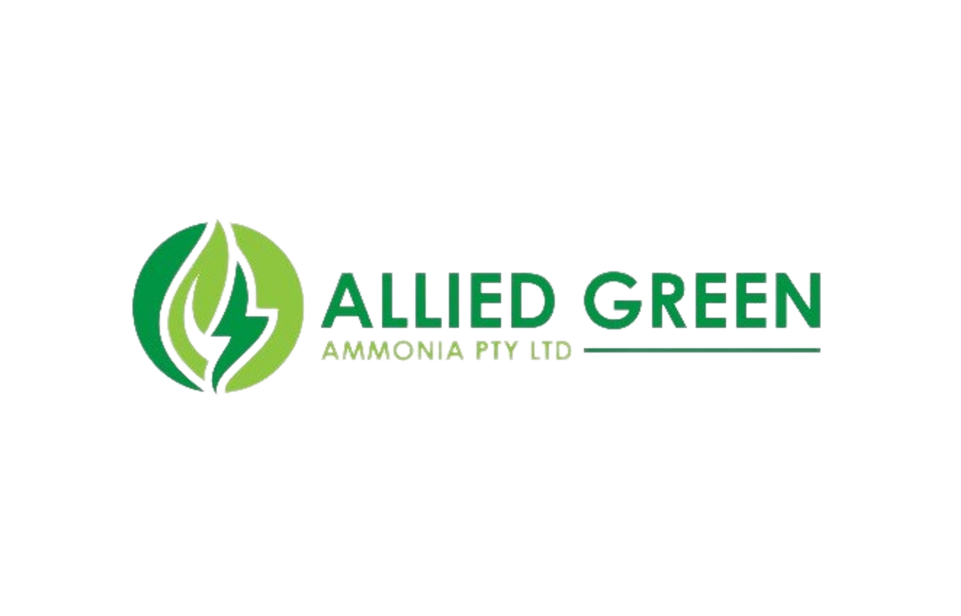News
New TECH Report - Xylenes (2024 Program)

Xylenes is one in a series of reports published as part of NexantECA’s 2024 Technoeconomics – Energy & Chemicals (TECH) program.
Overview
The xylene isomers, meta-xylene, ortho-xylene, and in particular para-xylene, are important chemical intermediates. para-Xylene has by far the largest market of the three isomers, with the largest use of para-xylene being its oxidation to make purified terephthalic acid (PTA), a raw material for polyester fiber and polyethylene terephthalate resin (PET).
In recent years, increased fuel efficiency, electrification of transportation and a growing regulatory environment in favor of lower carbon emissions from the automobile transportation sector has reduced demand for gasoline and the corresponding aromatics-based blending components. Gasoline usage is estimated to decrease further in the long term as carbon intensity reduction and net zero target timelines draw near. As a result, project developers and producers are shifting production from traditional gasoline blend components towards chemicals production, including aromatics such as xylenes.
This TECH report covers both commercial and developing technologies for producing xylenes and addresses questions such as:
- How are aromatic complexes integrated to increase para-xylene production?
- What are the recent technology and catalyst developments for para-xylene production?
- What new developments have emerged for producing renewable para-xylene?
- How does carbon intensity change for the different production routes to para-xylene?
Commercial Technologies
Xylenes are produced as co-products in refinery catalytic reformers, olefins plants, and toluene disproportionation (TDP) units. Mixed xylenes are extracted from reformate or pyrolysis gasoline in an aromatics complex by fractionation. Additional xylenes can be produced in an aromatics complex by toluene disproportionation to xylenes and benzene. para-Xylene is recovered from mixed xylenes via selective adsorption or crystallization.
Technologies developed by UOP, Axens, ExxonMobil, Lummus Technology/INEOS Aromatics, Sulzer Chemtech are described and analyzed, with a focus on recent developments.
Process Economics
Detailed cost of production estimates for various technologies are presented for the USGC, coastal China, Western Europe, South-East Asia, and Middle East locations. Estimates are developed for an integrated aromatics complex and for individual processes.
Commercial Overview
is used almost exclusively in producing purified terephthalic acid (PTA), the main feedstock for polyethylene terephthalate (PET) resin and fibers. PET is one of the largest volume polymers in the world, resulting in significant PX demand compared to the other xylene isomers. meta-xylene is used for production of isophthalonitrile through oxidative ammonolysis of meta-xylene and is used for producing derivatives such as meta-xylenediamine (MXDA), meta-xylene nylon and 1:3 bis-(methylamine)-cyclohexane. ortho-Xylene is extracted from mixed xylenes by fractionation and is mainly used for the production of phthalic anhydride (PAN) as a plasticizer.
Contact a member to our Insights & Analytics team to find out more about this report
About Us - NexantECA, the Energy and Chemicals Advisory company is the leading advisor to the energy, refining, and chemical industries. Our clientele ranges from major oil and chemical companies, governments, investors, and financial institutions to regulators, development agencies, and law firms. Using a combination of business and technical expertise, with deep and broad understanding of markets, technologies and economics, NexantECA provides solutions that our clients have relied upon for over 50 years.



